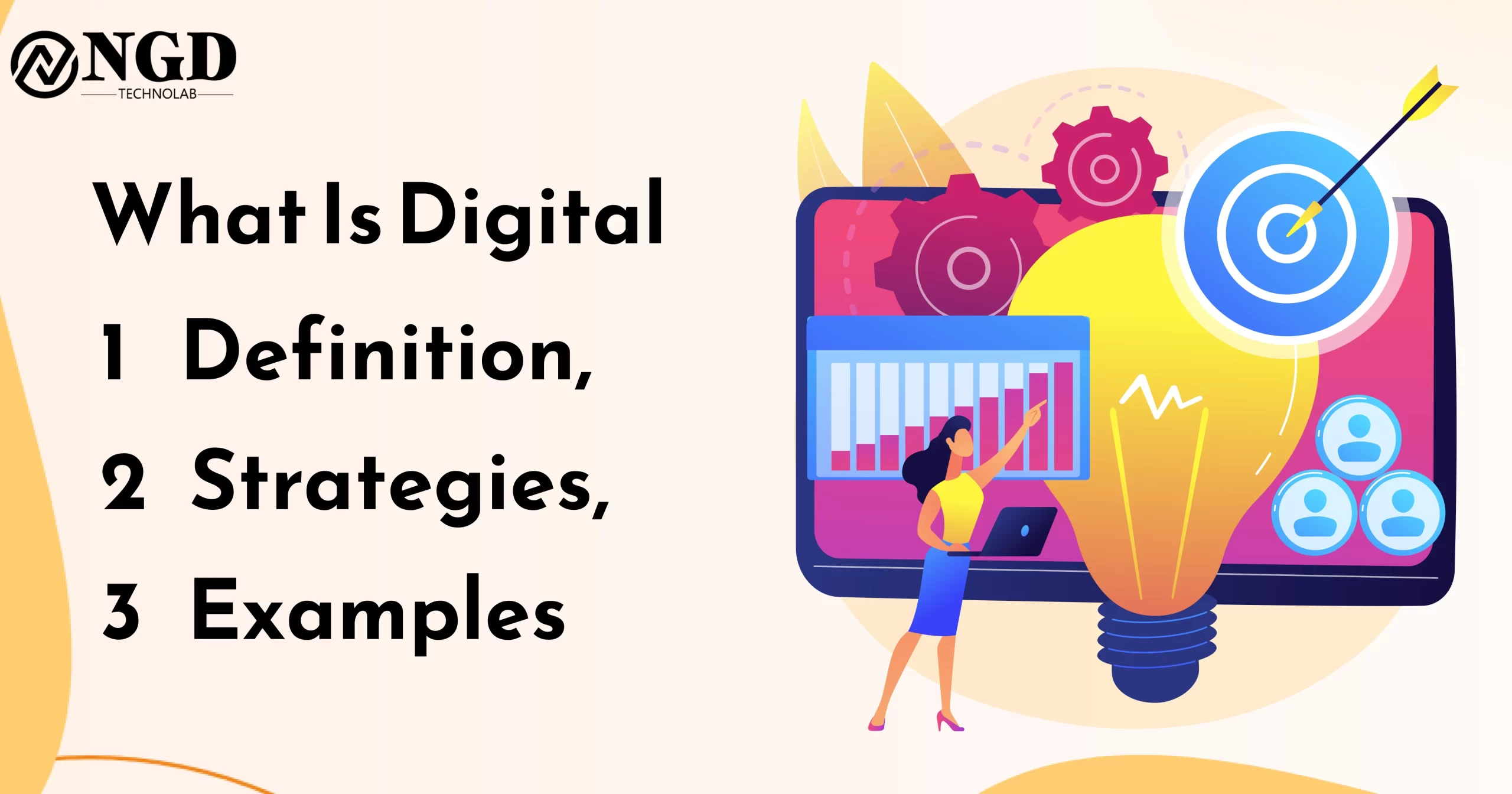What Is Digital Branding? – Definition, Strategies, Examples
-
Harshid Patel

Digital Branding
Understanding Digital Branding
In today’s fast-paced digital landscape, digital branding plays a vital role in brand advertising and online visibility. The question “What is this?” extends beyond curiosity—it unlocks the secret to building a powerful online presence. In this comprehensive guide, we will define it, explore strategies, and highlight real-world examples to illustrate its impact on business success. Let’s explore the essentials of this and its role in modern brand advertising.
Defining Digital Branding
It refers to the strategies businesses use to establish and promote their brand in the online space. It involves more than logos and colors, encompassing an overall online identity and perception. With the digital revolution reshaping consumer engagement, digital branding has become an essential part of modern marketing strategies.
The Evolution of Digital Branding
The landscape has evolved significantly with technological advancements. From basic static websites to dynamic, immersive digital experiences, brands have had to adapt rapidly. Understanding this evolution is key to mastering digital branding and navigating its complexities successfully.
Key Components of Digital Branding
1. Brand Identity in the Digital Realm
Brand identity extends beyond visuals—it includes tone, messaging, and personality. Consistency in these elements enhances recognition, fosters trust, and strengthens it.
2. Crafting a Compelling Brand Story
Storytelling is a powerful branding tool. A well-crafted brand story emotionally connects with audiences, fostering deeper engagement beyond simple transactions.
3. Importance of Consistency Across Platforms
A unified brand image across websites, social media, and digital ads enhances brand credibility. Consistency builds familiarity and trust, reinforcing branding effectiveness.
Strategies for Successful Digital Branding
1. Leveraging Social Media for Brand Advertising
Social media platforms are key channels for digital branding. Businesses can build brand awareness through engaging content, user interaction, and strategic ad campaigns on platforms like Instagram, Facebook, and Twitter.
2. Optimizing Websites for a Seamless Brand Experience
A website often serves as the first impression of a brand. Optimizing websites with SEO-friendly content, intuitive navigation, and visually appealing design strengthens digital branding.
3. Harnessing the Power of Content Marketing
Content is at the heart of it. Effective content marketing strategies, such as blog posts, videos, and infographics, enhance brand authority and visibility.
4. Embracing Influencer Collaborations
Influencers play a crucial role in brand advertising. Partnering with relevant influencers helps brands reach wider audiences and build credibility.
5. Incorporating User-Generated Content (UGC)
User-generated content adds authenticity to a brand’s narrative. Encouraging customers to share their experiences strengthens digital branding and enhances brand trust.
Real-World Examples of Digital Branding
1. Nike: The Swoosh of Digital Success
Nike’s success stems from innovative marketing, strong storytelling, and immersive brand experiences that keep it at the forefront of digital trends.
2. Apple: Pioneering Innovation and Design
Apple integrates its brand identity seamlessly across digital platforms, offering a cohesive and immersive digital branding experience.
3. Coca-Cola: Savoring Digital Refreshment
Coca-Cola successfully merges traditional and digital branding strategies, maintaining its timeless appeal while staying relevant in the digital age.
Digital Branding and SEO Synergy
Digital branding and SEO work hand in hand to enhance online visibility. Optimizing brand content for search engines ensures a stronger digital presence and higher rankings.
Measuring Digital Branding Success
Assessing digital branding success requires tracking key performance indicators (KPIs) such as website traffic, social media engagement, and brand sentiment analysis. Using analytics tools helps businesses refine their digital branding strategies.
Challenges in Digital Branding and How to Overcome Them
The digital landscape presents challenges such as shifting algorithms and audience preferences. Overcoming these hurdles involves staying agile, monitoring industry trends, and refining strategies based on data-driven insights.
Conclusion
Mastering digital branding is essential for businesses aiming to thrive in the online world. This guide has explored digital branding’s core aspects, from strategies to real-world examples and SEO integration. As the digital landscape continues to evolve, adapting to new trends ensures long-term success in digital branding and brand advertising.
Frequently Asked Questions
Digital branding strengthens online presence, fosters brand loyalty, and enhances customer engagement.
A2: Success is measured using KPIs like website traffic, social media engagement, and audience sentiment analysis.
A3: No, digital branding includes websites, SEO, content marketing, and multiple online touchpoints.
A4: Storytelling creates emotional connections with audiences, making brands more relatable and memorable.
A5: By staying updated with industry trends, adapting strategies based on data insights, and maintaining consistency across platforms.
Get Free consultation and let us know about your custom web and Mobile App project idea

Over 13+ years of work experience, we have built 210+ web and mobile apps
We can help you with
- Dedicated Developer
- delivering high-quality development
- Custom Mobile App Development
- Innovative Solution For Startups and Enterprise
Latest Blogs
Explore the Latest Blogs on Trends and Technology.





